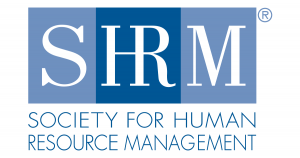“Take this pill and all your weight loss and fitness dreams will come true! No workouts needed!”
“Get that summer 6-pack in 30 days!”
…if only that were true.
We’ve all seen products that claim to have the “key” or the “hack” to the magazine-cover physique. We also know there’s no substitute for good old-fashioned hard work and dedication to achieve your fitness goals. So, be wary of those tactics, because looking for shortcuts doesn’t always work out.
However, there’s a difference between claiming to have found a way to “beat the system” and uncovering something that’s been under your nose the whole time. In this context, we’re talking about your company culture. Regardless of how “healthy” (or unhealthy) it may be, there is one thing you can do to make an immediate impact.
Disclaimer: This definitely won’t burn off that Hungry Man Chicken Dinner you just popped into the microwave.










